How to Install Vinyl Sid...
- Mon to Fri: 09:00 am to 07:00 pm
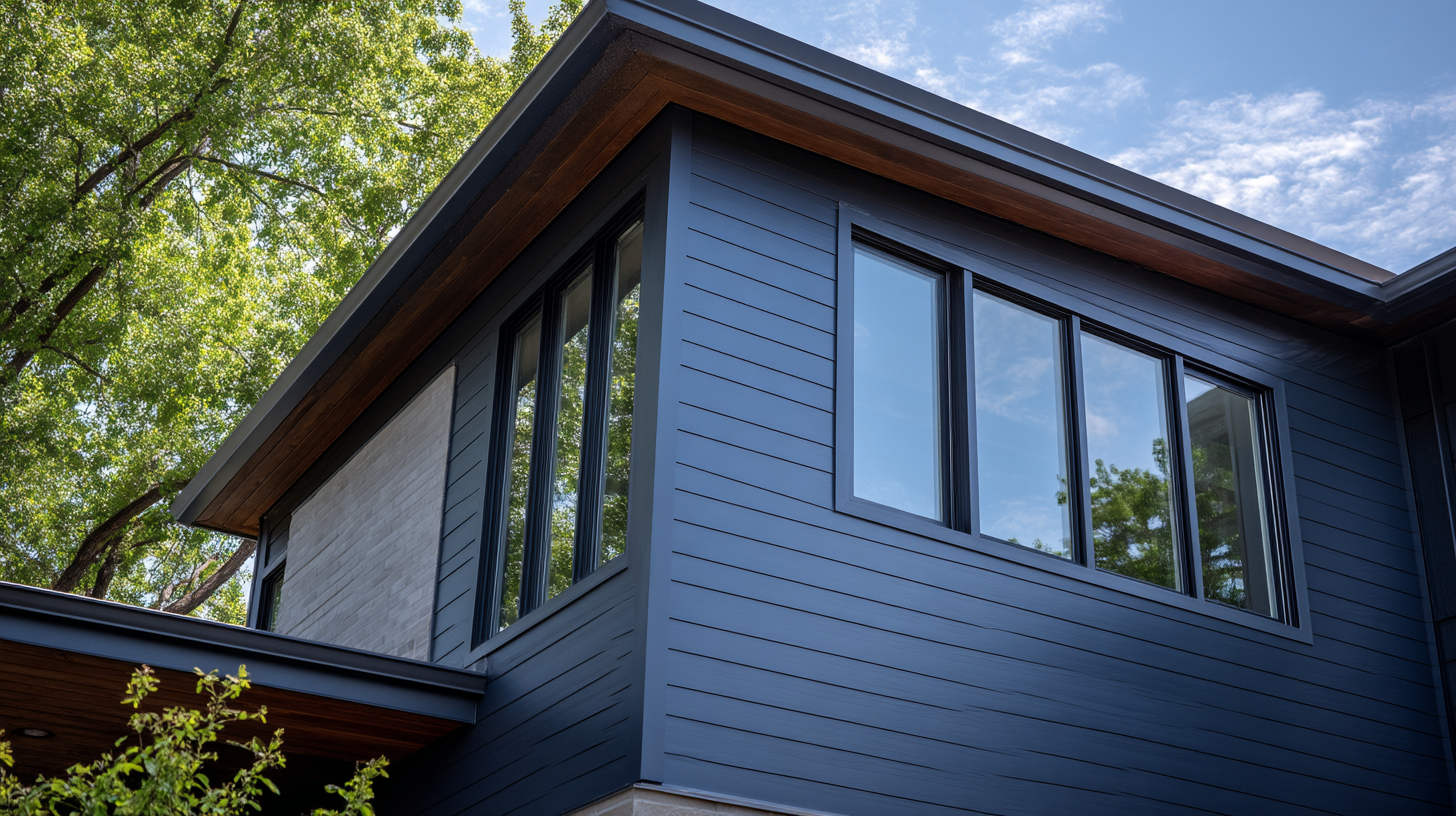
If you’ve ever wondered can you paint aluminum siding, you’re not alone. Many homeowners on the fence between refreshing their current siding or replacing it wonder which path gives the best return. In this in‑depth guide we’ll walk through exactly how to do a successful painting aluminum siding project, when it’s worthwhile, and when to opt for vinyl siding or full replacement instead.
Painting aluminum siding is a cost efficient way to renew your home’s exterior and curb appeal, but it’s not as simple as slapping on a fresh coat of paint. Success depends on thorough prep, using the right paint, and respecting the nuances of metal surfaces. Below, we’ll cover how to clean, prime, and apply that fresh coat of paint so your result lasts.
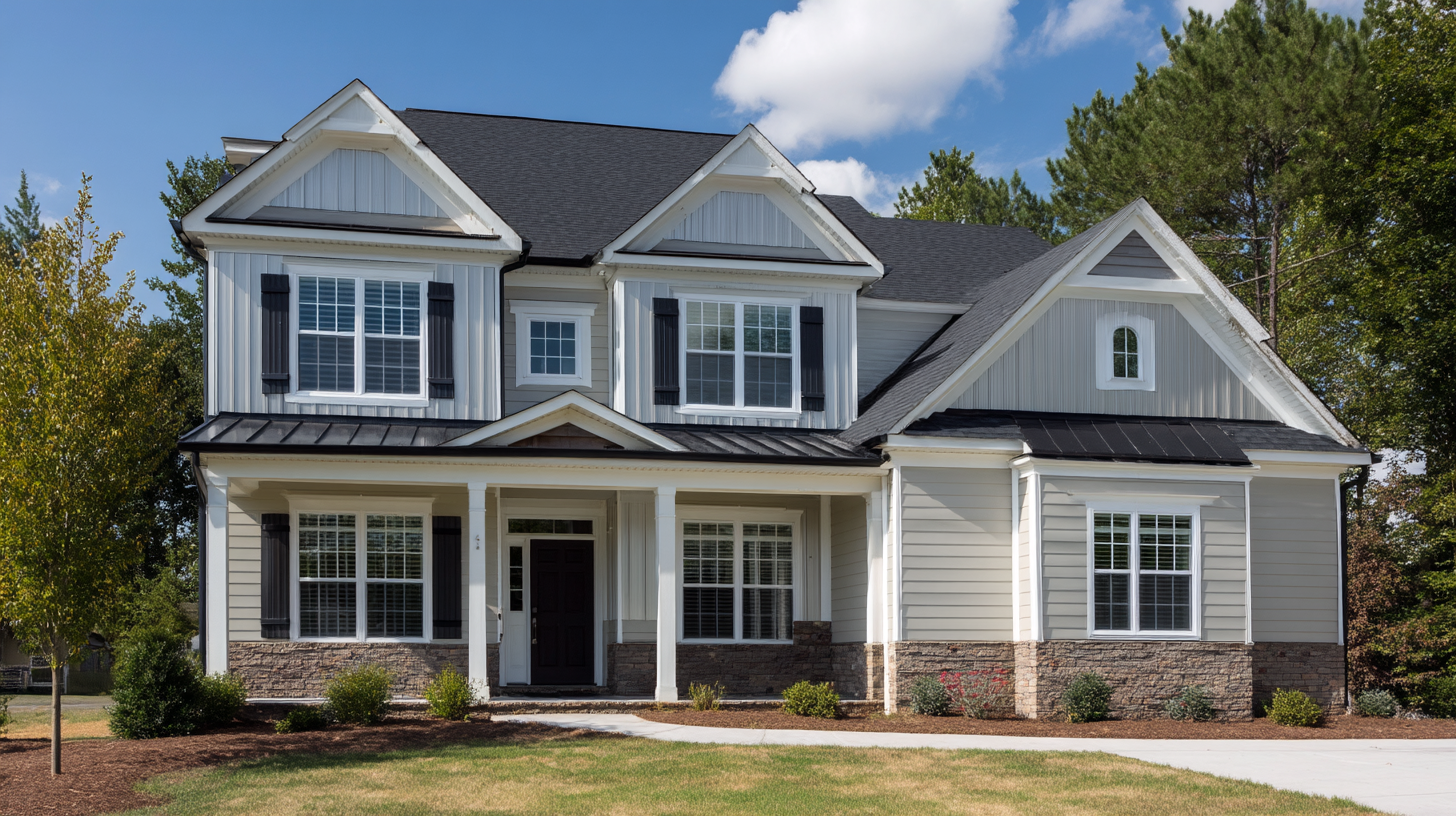
Many homeowners compare aluminum or vinyl siding and wonder if one is more attractive, more durable, or easier to maintain. For houses that already have aluminum siding, painting offers several advantages:
Of course painting isn’t always right. If your aluminum siding is severely damaged, warped, or full of peeling paint or corrosion, replacement may be safer. Also, if your plan involves switching to vinyl siding, that comes with its own benefits (lower lifetime maintenance, modern materials) that you’ll want to weigh side by side with painting.
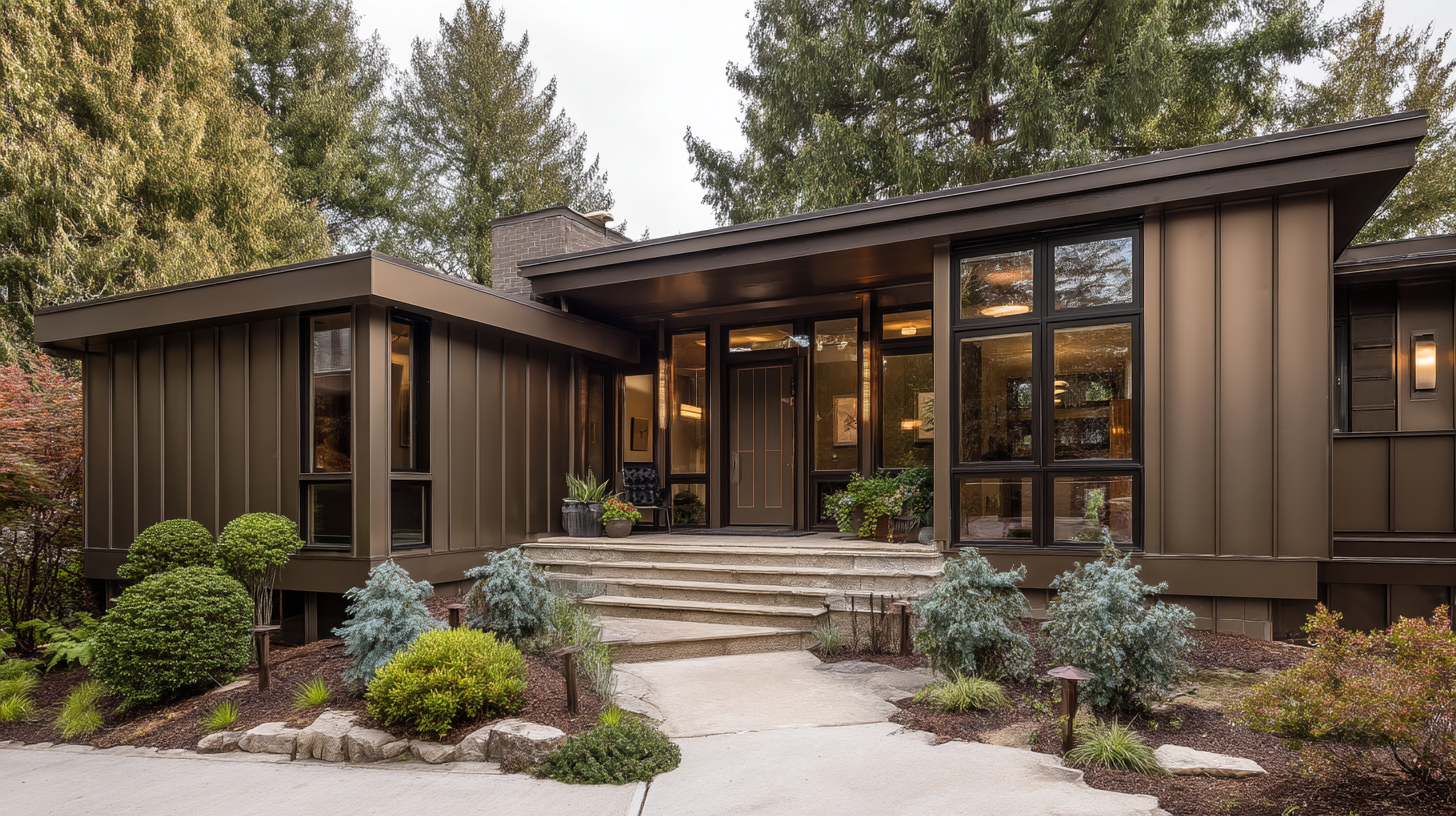
Here’s our detailed, professional approach to painting your aluminum siding or painting your aluminum panels to deliver a durable, attractive finish.
Before starting, walk the exterior and look for loose paint, peeling paint, dents, corrosion, or gaps at seams, edges, and around windows and doors. If panels are severely damaged or warped, you may need replacement rather than a paint fix. Also check flashing, fasteners, and seams for integrity.
Aluminum siding can turn chalky or develop a layer of oxidation that prevents paint from sticking. Use a cleaning solution such as trisodium phosphate (TSP) or a mildewcide additive in your wash mixture. Use an abrasive sponge, soft brush, or low‑pressure rinse to gently scrub away dirt, mildew, and powdery paint pigment. You can use a pressure washer, but you must be cautious, high pressure can force water behind siding or damage seams. After washing, rinse well and dry completely before proceeding.
Once the siding is clean and dry, lightly abrade the surface using 100‑grit sandpaper or a scuff pad. This step helps remove remaining oxidation and gives the primer something to grip. Don’t overdo it, just enough to dull the shine and remove any weak spots of old paint or residue.
Cover the ground, landscaping, windows, doors, and protruding fixtures with drop cloths and masking tape. Wear safety goggles and gloves for protection during cleaning, sanding, and painting.
If you have any bare metal exposed or areas where the old finish is removed, use a metal‑bonding primer specifically designed for metal surfaces. This primer will help adhesion and block corrosion. Apply an even coat of paint primer and allow it to cure per the manufacturer’s instructions before painting.
Use an exterior paint that is specifically designed for metal or aluminum. The best paint options are 100% acrylic exterior latex paints that remain flexible with temperature changes. Avoid oil based paints, which can become brittle and cause peeling or flaking later on.
Use paint sprayers, rollers, or quality brushes to apply your first coat. Always spray downward when using a sprayer to reduce overspray and drips. Don’t apply a thick coat, thin, even application is better for adhesion. Maintain a wet edge and work methodically across each siding strip.
Let the first coat dry sufficiently, check manufacturer guidelines. The curing step is important; if you rush into the second coat too early, you risk adhesion problems.
Once the first coat has dried, apply your second coat. This extra layer gives fuller coverage, better hiding, and stronger protection against the elements. Two coats (or multiple coats where needed) deliver better long‑term performance than one thick coat.
After your paint job cures, walk the perimeter of your home and check for thin spots, missed edges, or overspray. Use a brush or roller to touch up affected areas. Remove masking and drop cloths, and clean up.
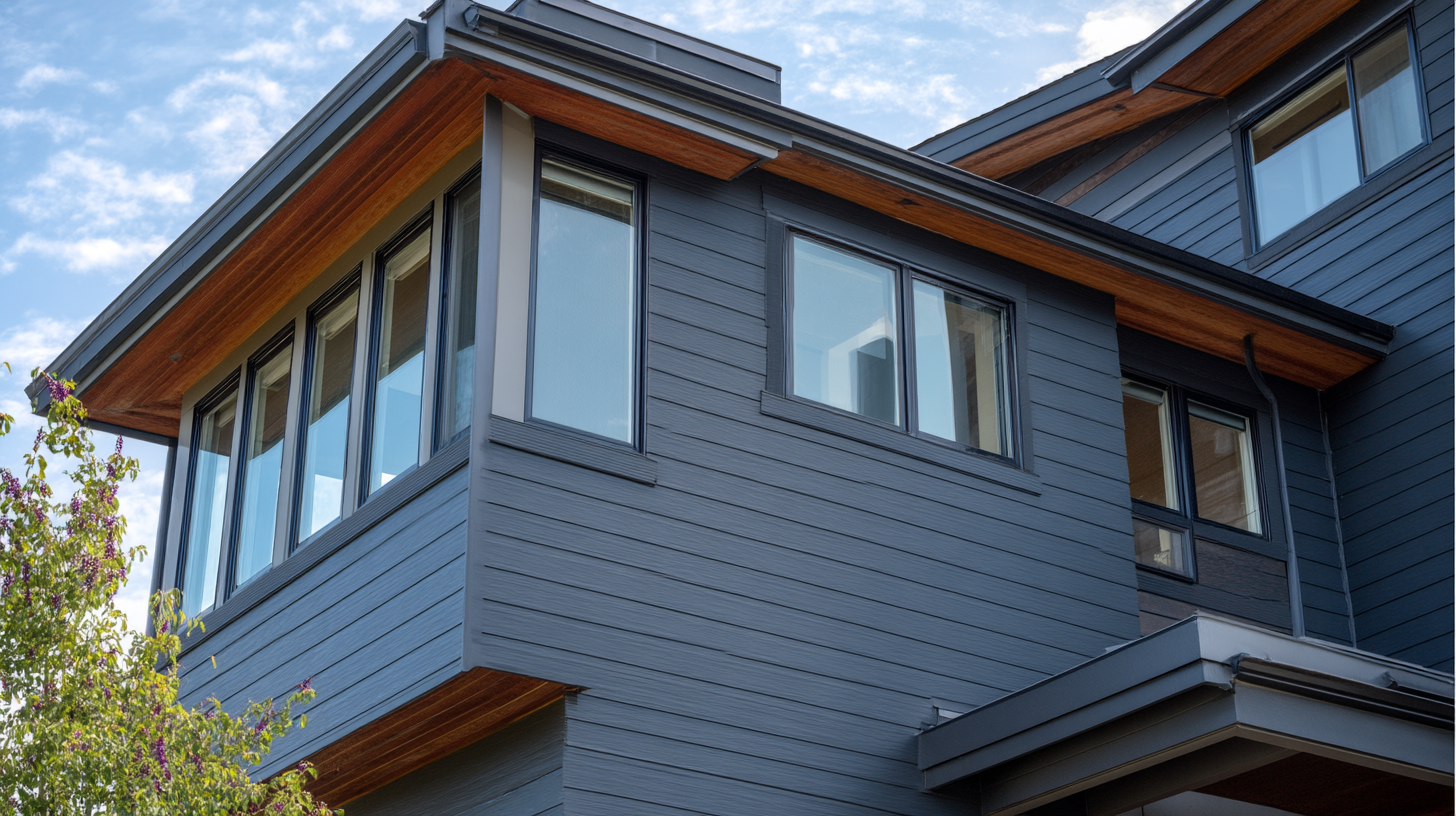
Assuming you executed all steps properly, a fresh coat on aluminum siding can last 10 to 15 years before needing a full repaint. Lifespan depends heavily on:
Homes on the west side of hills, or those subject to direct sunlight, will tend to fade more quickly or suffer more expansion/contraction cycles. In contrast, shaded or milder environments may preserve the paint longer.
Here’s what you should expect in terms of cost:
Because painting is so much more cost efficient, many homeowners use it as a middle ground, refreshing the home sans full replacement. But keep in mind, over multiple repaint cycles the cumulative cost may approach that of replacement.
If you are comparing aluminum or vinyl siding, vinyl often offers longer life with less repainting, though installation and up-front cost differ significantly.
There are clear signals that painting is no longer the right answer:
If your siding is beyond repair or you want a modern, durable solution, upgrading to vinyl siding or fiber cement options might make more sense in the long run.
Choosing the best paint is essential. These are some widely trusted products for painting vinyl siding or metal exteriors, especially aluminum:
Be sure to confirm that whatever you pick is rated for metal surfaces and aluminum substrates.
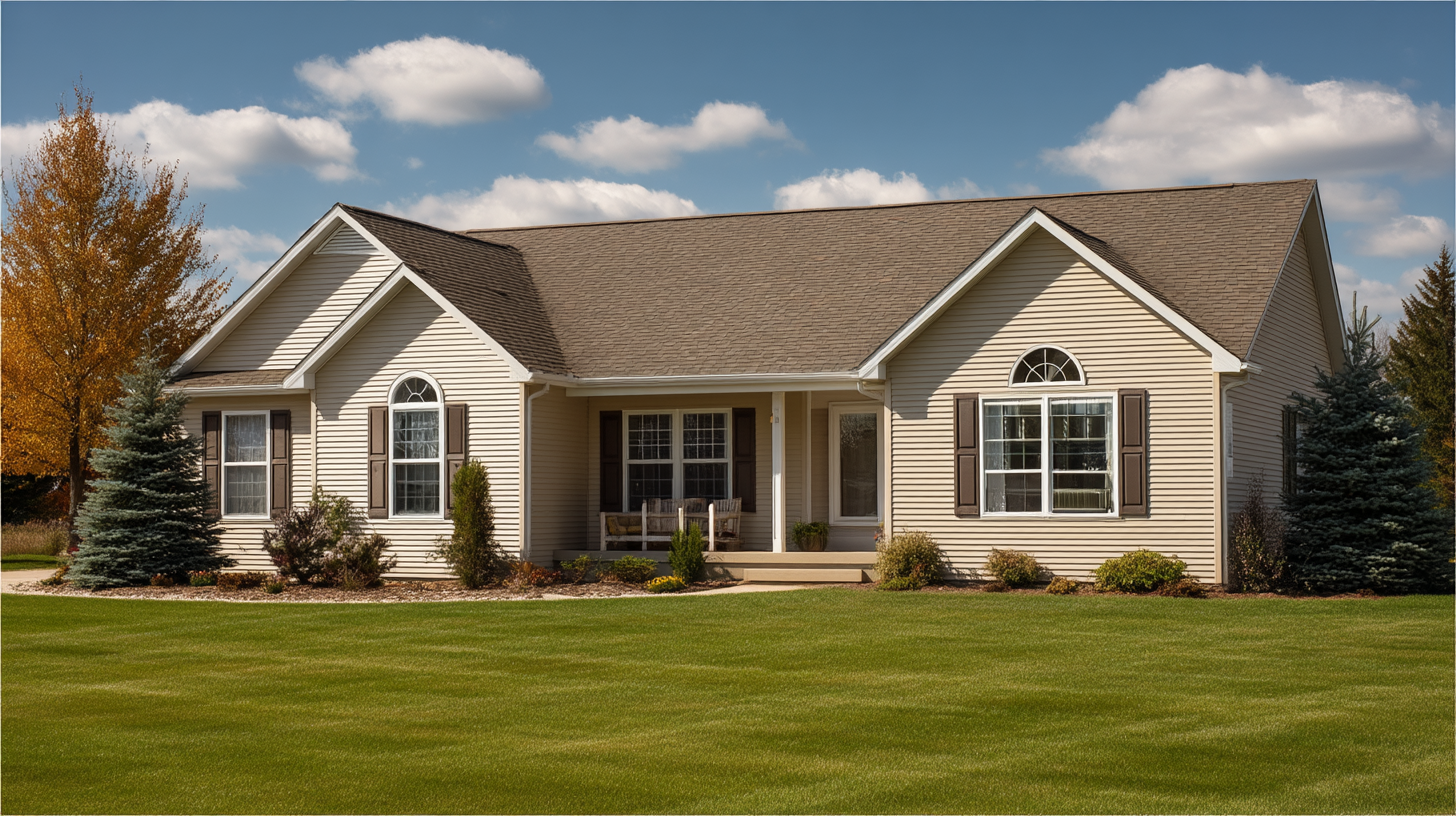
To keep your new paint job looking sharp:
Yes, but you must remove loose paint, scuff the surface, and ensure strong adhesion.
Late spring or early fall when temperatures are moderate and humidity is low.
Yes, a well‑executed paint job enhances home’s curb appeal and can attract prospective buyers.
DIY is possible, but errors in prep or material selection often lead to premature failure. Hiring professionals ensures longer lasting results.
If your aluminum is still structurally sound, painting siding is a good option. But if it’s damaged or aged, upgrading to modern vinyl siding or other materials may be more beneficial.
A well‑done paint job can extend the life of your existing siding, restoring its look and adding value, and doing so cost efficiently. But painting is only wise when the siding is in sound condition and you use the correct prep, primer, and exterior paint.
When damage is widespread or maintenance demands become too high, replacement may be the smarter long‑term investment. At Pro Superior Construction, we offer professional siding evaluation, painting aluminum siding services, and full siding replacement options, including vinyl, fiber cement, and more.
Contact us for a no‑obligation inspection and let us help you decide whether your home needs a fresh coat of paint or a full siding upgrade.